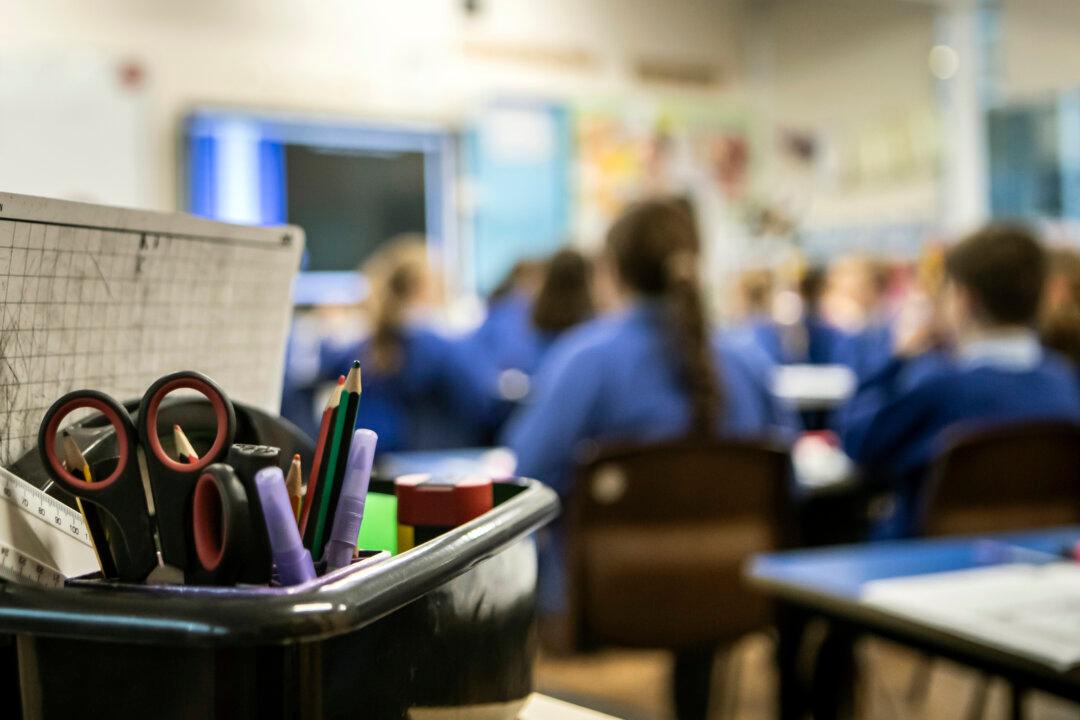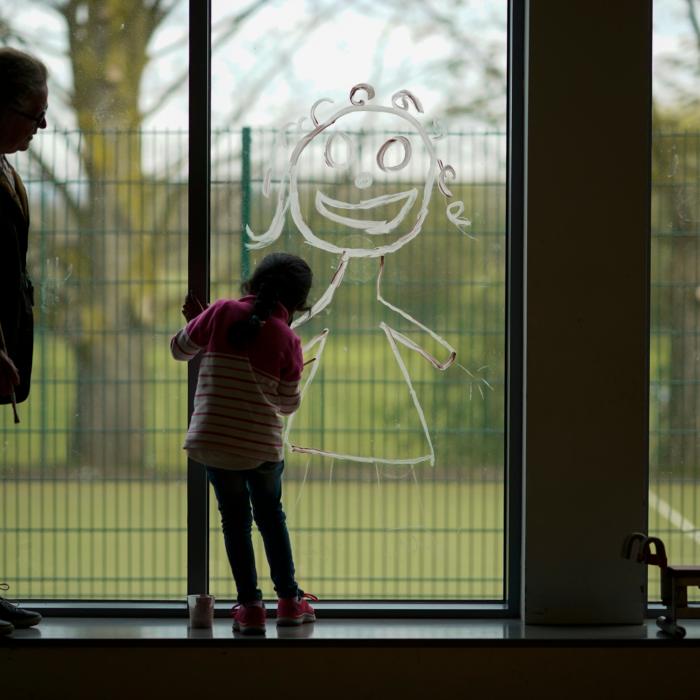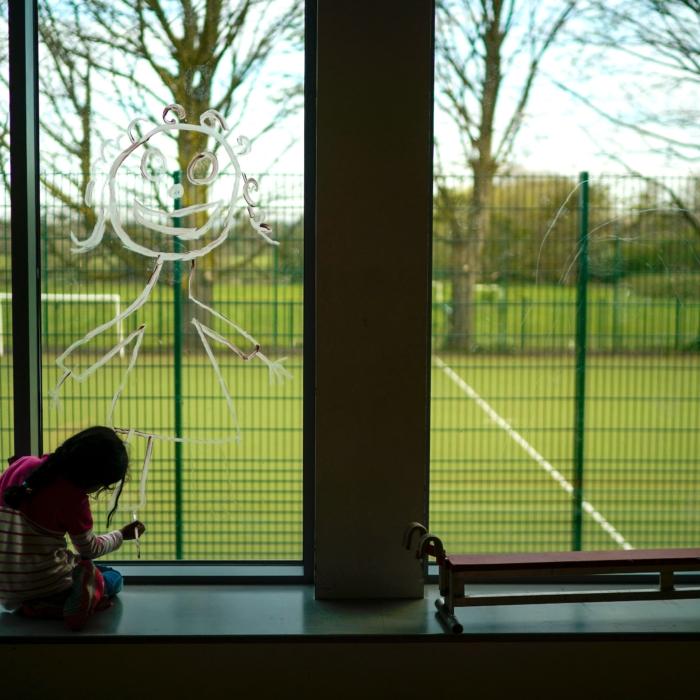School absence rates in the UK doubled from pre-2020 levels as a “knock-on effect” of school closures and other lockdown restrictions, a new report has found, with lower attendance rates likely to persist for years.
The higher absence rate is likely to remain a feature until the generation of pupils impacted directly by the COVID-19 policies finishes secondary school, the research from the London School of Economics (LSE) suggests.
The report was released to coincide with a UK COVID-19 Inquiry preliminary hearing on Friday to examine the impact of lockdowns and restrictions on children and young people, including the effect on their education.
‘Shift in Attitude’ Towards Attendance
The researchers suggested this is down to a shift in attitudes towards school attendance as well as soaring levels of mental health issues, including anxiety and depression.The number of pupils who missed at least one day of school every fortnight more than quadrupled between 2019 and 2021, rising from 8 to 34 percent, the report found.
It also shows that a 10 percent increase in absences caused by local authority responses to COVID-19 in 2020 lingered, with a 6.5 percent rise in absence for the following year, even as the initial panic some people felt about the situation subsided and restrictions eased.
If this trend continues, it will take until about 2027 to see a return to pre-2020 levels, the research concluded.
Schools across the country closed their doors for more than two months at the end of March 2020 as part of the first, unprecedented national lockdown.
A phased reopening began in June 2020 but only about a quarter of local authorities explicitly advised schools to follow government advice on reopening during the summer term of that year, leading to a variation in policies.
Strict High ‘Tier’ Areas Most Impacted
Pupils in places with stricter local lockdowns were more likely to be absent than those in more lenient areas, and those from lower socio-economic groups were “much more strongly impacted” by variations in restrictions.The researchers said “the knock-on effects of absence in autumn 2020” help explain increases in absence rates which saw the number of pupils missing more than two days a week in 2021-22 jump to 10 times the pre-lockdown period.
Professor Stephen Gibbons, who specialises in economic geography at LSE and co-authored the report, said: “Although it appears that school closures during the pandemic are relevant, this is only part of the story of continuing high pupil absence rates —and perhaps not the main part—with changing attitudes and an increased incidence of mental health issues such as anxieties playing a role.
“The focus now should be on trying to reduce school absences.”
He added: “It is likely that there was a shift in family attitudes to attendance during the autumn term of 2020, induced by the local public health policies, social and work restrictions of the time, that has persisted post-pandemic.
“Being prohibited from attending school in itself seems to have had little lasting impact.”
Impact on Attainment at 11
Co-author Sandra McNally, a professor of economics at the University of Surrey, said: “Even though absences are more prevalent in secondary school than in primary school, the effect of variation in policy restrictions comes out more strongly in subsequent primary school attainment at age 11.“This may be because of measurement problems in GCSEs or it may be because variation in policy restrictions really did have a more severe impact on younger pupils.
“We cannot know for sure whether these results directly reflect the impact of pandemic policies on absences (which in turn influenced test scores) or whether they reflect the indirect effect of these policies on children’s mental health or family finances, which could influence future achievement without affecting attendance at school.
“The data on primary school pupils suggest that the educational effects of COVID-19 will persist unless policies are introduced to counter the consequences of pandemic-induced learning loss.”
The report is part of a Nuffield Foundation funded project entitled COVID-19 and the impact of school closure, which began in July 2021 and will run until May this year.
Following today’s preliminary hearing to discuss terms of reference, Module 8 of the COVID Inquiry will begin public hearings in Autumn 2025 to consider the impact of lockdown and restrictions “on children across society including those with special educational needs and/or disabilities and from a diverse range of ethnic and socio-economic backgrounds,” according to the inquiry’s website.
A separate module to consider the impact on the rising generation was added to the initial scope of the multi-million pound inquiry following pressure from campaign groups led by children’s rights group, Us For Them.







